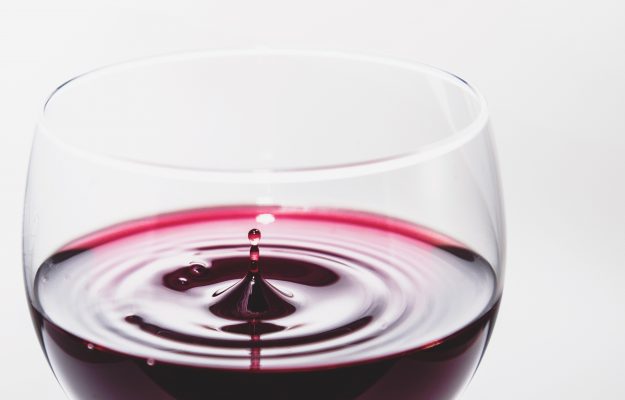“We are certainly not as happy as we were before the pandemic, but considering what prospects we had in March, we must say that we have resisted. And that’s quite something. The data for September report that sales in volume have even grown 2% compared to 2019”, Matteo Ascheri, at the helm of the Consortium of Barolo and Barbaresco told WineNews. These are comforting words from Barolo, one of the great Italian wines in Italy and around the world. Especially in view of the end of the year, which is usually the most important moment for consumption of great Italian wines, but 2020, marked by Covid-19, is more unpredictable than ever. “It is difficult to say what will happen, as a large part of catering is definitely missing and will be missing. Perhaps corporate gifts will hold up better, we’ll see. So far, though, things have not been as bad as we at first feared. Some added value has likely been lost because for wines like Barolo, the HORECA channel is fundamental, and it is a channel that is suffering all over the world. However, due to the very important 2016 vintage, the prestige of Barolo and other factors, we have held up so far. There were more sales in Italy, but the foreign markets, which, for Barolo, are worth almost 80% of the total (out of the 14.5 million bottles produced on average every year, ed.), did not fall either. Asia is recovering well, Germany has held its own, and so has the US, which has swayed more, but in the end, they are at the same levels, and orders are continuing to come in. The UK, instead, is suffering a bit more. Up to now we have resisted. If there is a new lockdown, it is comforting to know that compared to the first one, when we were in the midst of a totally unknown terrain, after May 20th we were able to recover very well, so we are confident that we can do it again. Our hope is that 2021, if a vaccine or more effective cures and remedies are found, will truly be the year of recovery”. In the meantime, we have not, as bulk prices show, explained the president Ascheri, “the price of Barolo is around 600 euros per hectoliter, even though actually there is no more wine from the 2016 vintage”. The reason ISMEA, the Institute of Services for agro-food markets, removed data relating to Barolo’s bulk prices from its portal, which WineNews reported recently, was that ISMEA considers it “not representative, as it is influenced by the extraordinary dynamics of the epidemiological emergency in progress that are affecting all markets”. The data ISMEA updated on the monthly average prices of bulk products (September data revealed by WineNews on November 2nd, to be taken as a rough reference), show that, at least for the top Italian wine denominations, there have been some losses but also some slight increases and prices all in all are at good levels. Looking at red wines, Brunello di Montalcino reported around 905 euros per hectoliter, Chianti around 100 euros, Chianti Classico around 252 euros, Etna around 200 euros, and the “base” Valpolicella price is around 130 euros, while for large productions, Montepulciano d’Abruzzo is stable, estimated at 66 euros per hectoliter, just to give a few examples. Values in some cases have fallen by a few points, while in others they are substantially in line with their normal ranges. It is true for the white wine varieties as well. Prosecco DOC, at 162 euros per hectoliter, is slightly higher compared to September 2019, like Soave Classico, at 120 euros per hectoliter (the “base” version a bit less, around 80 euros), while Gavi is essentially stable at 280 euros, just like Asti Moscato, at 170 euros. These are general prices and must be taken as a mere indication, as prices can vary, even significantly, during the negotiation phase, depending on the quality of the individual batches, producers, vintages, market trends and demand and offer needs. And, even more so in the complex and constantly unpredictable evolution picture like the one that everyone, every day and in the various economic sectors, is experiencing. These numbers reflect a sector that is for the most part suffering, but is resisting, as the data on stocks in the Italian wine cellars reveal. As of October 21, 2020, practically at the end of the harvest, there is a record 37.6 million hectoliters of wine (2.6% more than on October 15, 2019) and 10.4 million hectoliters of wine still in fermentation (compared to 5.4 million in 2019), according to data from the latest Cantina Italia bulletin of the Ministry of Agriculture. Therefore, there is a little more wine, but it is not an apocalyptic scenario, as had been feared at the beginning of the pandemic.
Copyright © 2000/2025
Contatti: info@winenews.it
Seguici anche su Twitter: @WineNewsIt
Seguici anche su Facebook: @winenewsit
Questo articolo è tratto dall'archivio di WineNews - Tutti i diritti riservati - Copyright © 2000/2025









































































































































































































